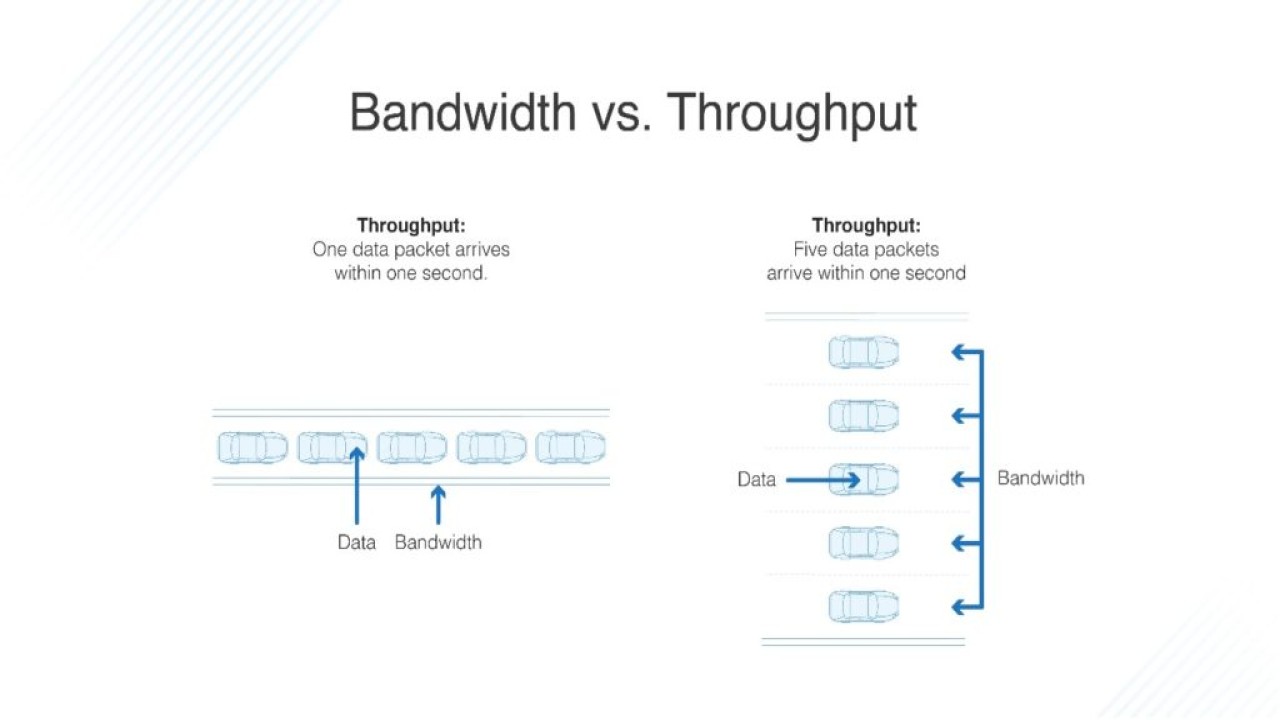Cloud Storage Functions
Cloud specialist organizations keep up with huge server farms in numerous areas all over the planet. At the point when clients buy distributed storage from a supplier, they turn over most parts of the information stockpiling to the seller, including security, limit, capacity servers and processing assets, information accessibility and conveyance over an organization. Client applications can get to the put away cloud information through customary capacity conventions or application programming markers (APIs), or they can likewise be moved to the cloud.
How distributed storage functions fluctuates relying upon the sort of capacity utilized. The three principal types are block capacity, record capacity and item stockpiling:
Block Storage partitions huge volumes of information into more modest units called blocks. Each block is related with a special identifier and put on one of the framework's stockpiling drives. Block capacity is quick, proficient and gives the low inactivity expected by applications like data sets and superior execution responsibilities.
File Storage puts together information in a various leveled arrangement of records and organizers; it is ordinarily utilized with PC stockpiling drives and organization joined capacity (NAS). Information in a record stockpiling framework is put away in documents, and the documents are put away in organizers. Catalogs and subdirectories are utilized to sort out the organizers and find documents and information. A document stockpiling based cloud can make information access and recovery simpler, with this various leveled design being natural to clients and expected by certain applications.
Object Storage stores information as items, which comprise of three parts: information put away in a record, metadata related with the information document and an extraordinary identifier. Utilizing the RESTful API, an article stockpiling convention stores a record and its related metadata as a solitary item and doles out it an ID (ID) number. To recover content, the client presents the ID to the framework and the substance is collected with all its metadata, verification and security. Object-based capacity frameworks permit metadata to be redone, which can smooth out information access and investigation. With object capacity, information can be put away in its local arrangement with monstrous adaptability.
Lately, object capacity sellers have added record framework capabilities and abilities to their article stockpiling programming and equipment generally in light of the fact that object capacity was not being taken on quickly enough. For instance, a distributed storage passage can give a document framework imitating front finish to its item stockpiling; that plan frequently permits applications to get to the information without supporting an article stockpiling convention. All reinforcement applications utilize the item stockpiling convention, which is one reason why online reinforcement to a cloud administration was the underlying fruitful application for distributed storage.
Most business distributed storage administrations utilize tremendous quantities of hard drive stockpiling frameworks mounted in servers that are connected by a cross section like organization engineering. Specialist organizations have additionally added elite execution layers to their virtual stockpiling contributions, normally comprised of strong state drives (SSDs). Superior execution mists capacity is by and large best in the event that the servers and applications getting to the capacity are additionally occupant in the cloud climate.









Comments (0)
No comments found